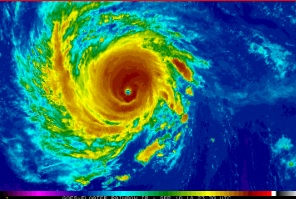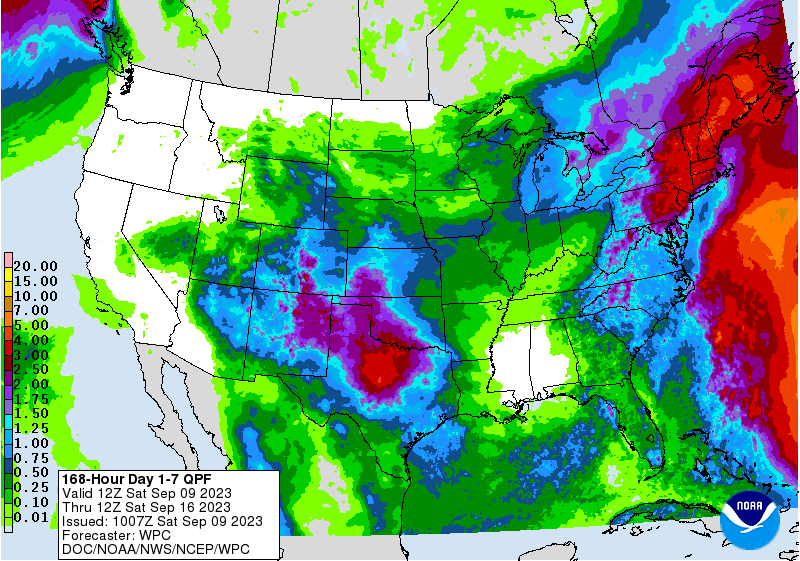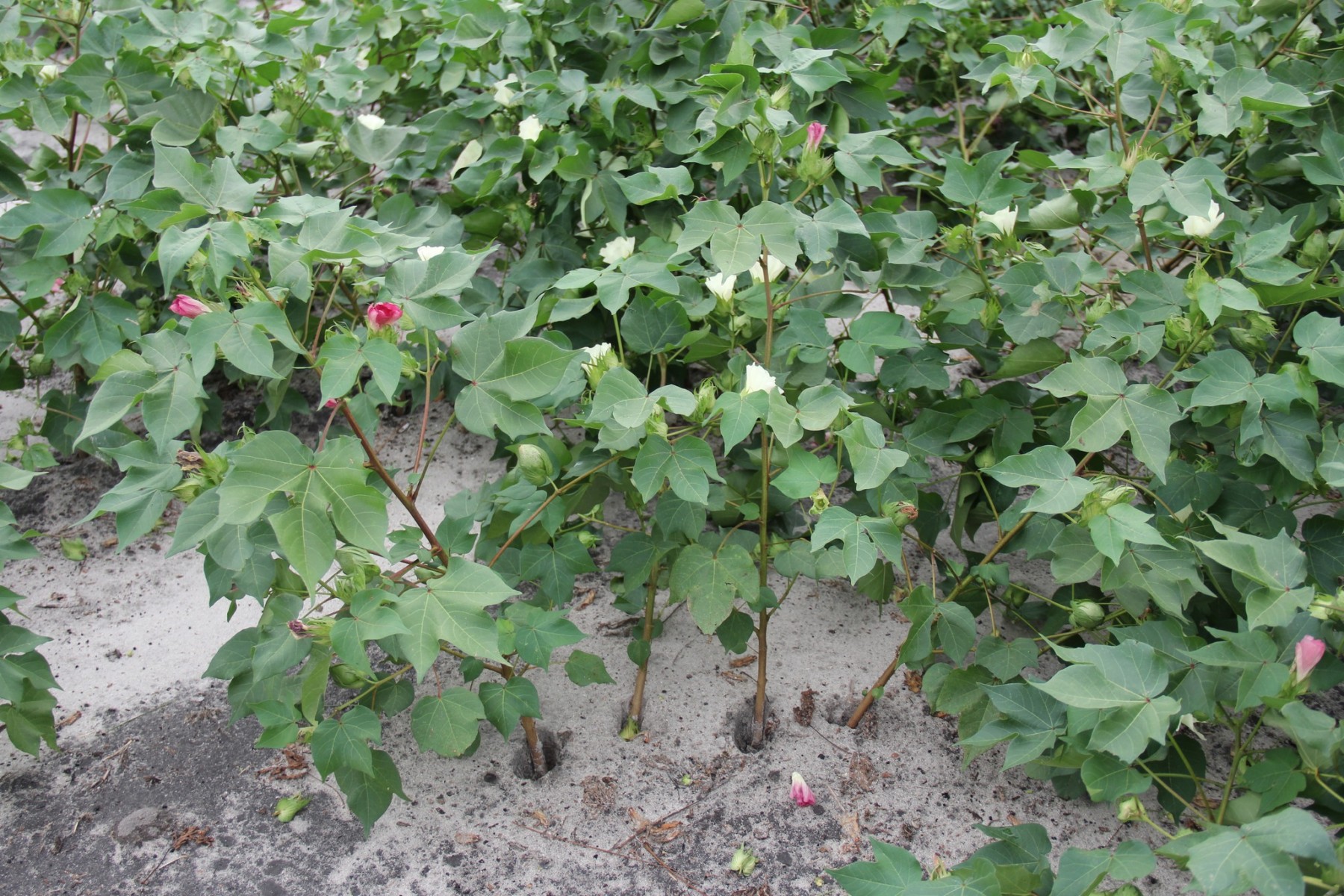-

Here’s the first of four blog posts that provide a retrospective on Hurricane Florence and its impacts on North Carolina, five years after it happened, from the North Carolina State Climate Office. You can read it at Florence After Five: An Anxious Arrival – North Carolina State Climate Office (ncsu.edu) on their climate blog. Update:…
-

The latest 7-day rainfall forecast shows that most of the region will receive scattered showers and thunderstorms for the first few days of the week with dry conditions returning late in the week. Alabama is expected to be dry all week, while areas in the Southern Appalachians and in Florida are most likely to see…
Posted in: Climate outlooks -

The latest outlook for Hurricane Lee as of 11 pm on Friday shows that while it is still a strong storm, it has weakened quite a bit from last night’s estimates of winds of 165 mph and is now down to 115 mph. This is due to the combination of increased wind shear and an…
Posted in: Tropical weather -

Earlier this week, NOAA released the latest annual State of the Climate report for 2022. It contains a comprehensive summary of the climate of 2022, including the impacts of the third year of La Nina and the cooling impacts of the Hunga Tonga eruption on the stratosphere, which some think have impacted the very warm…
-

The latest Drought Monitor, released today, shows that areas of Florida, Alabama, Georgia and the Carolinas saw reductions in dry conditions are drought along the path of Hurricane Idalia but Virginia, which did not get any rain from Idalia, reported an increase in severe (D2) drought and dry conditions this week. Puerto Rico’s drought status…
Posted in: Drought -

Today, Hurricane Lee formed quickly after becoming a tropical storm. It is predicted to move through very favorable conditions for the next few days and is expected to become a major hurricane of category 4 or 5 in the next week. By the end of the week it will be approaching the Caribbean island chains…
Posted in: Tropical weather -

Evaluations of the impact of Hurricane Idalia continue to come in. Here are some additional stories I have seen lately in newsletters and forwarded to me by David Zierden, the Florida State Climatologist. Economic costs continue to rise from the destruction of infrastructure, including peanut buying facilities, barns, chicken houses, farm equipment, and irrigation pivots.…